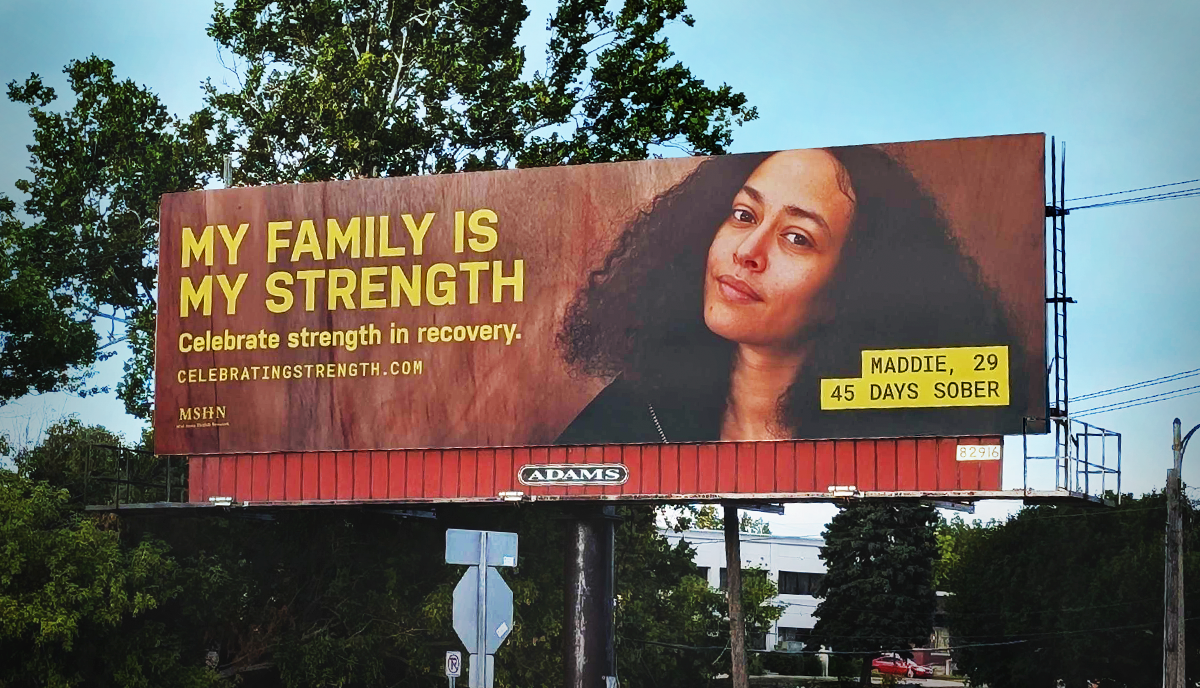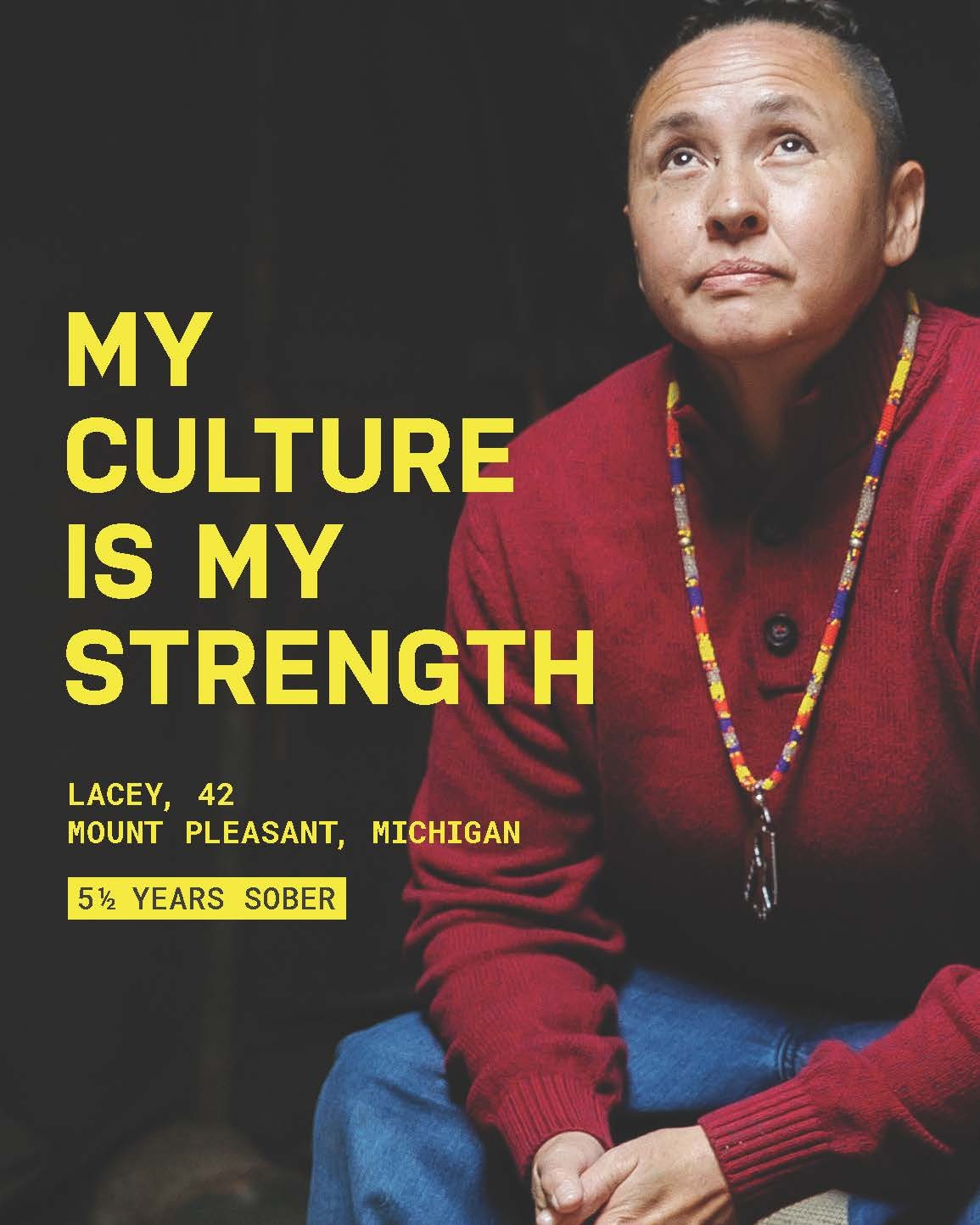Finding the Right Place, at the Right Time: Why Strategic Campaign Timing Matters

We’ve all seen a campaign, ad, or even a single social post that neglected to read the room. Your brilliant, groundbreaking message can lose all impact if it reaches your audience at the wrong moment. In the same way that you’d want to ask a friend for a favor when they’re already in a good mood, this timing is a careful, delicate dance. But it’s not (fully) out of our control.
To maximize resonance, marketers need to carefully plan around social, environmental, economic, and industry contexts. Data can and should guide these decisions; but no matter how well you plan, you also need to remain flexible and willing to pivot if the real world shifts underneath your campaign.
Small-Scale Optimization
There’s a wealth of data out there about the best day, time, and minute to distribute your marketing materials. While shifting social algorithms have deemed this somewhat less essential than in the past, detailed timing still isn’t to be underestimated. Across the board:
- People are least active on social media on Fridays (Sprout Social, 2025).
- Don’t post on TikTok before noon (Sprout Social, 2025).
- LinkedIn sees peak engagement starting at 10 a.m. on business days and (as you can guess) it’s a ghost town on the weekend (Sprout Social, 2025).
- 10 a.m. is still the magic time for marketing emails (Forbes, 2025).
- Emails sent on Mondays and Tuesdays see higher open rates (MailerLite, 2025).
- Personalized posting schedules can boost engagement by 17% (Cornell).
Still, these rules of thumb require you to know your audience. The best day to post on Instagram as a coffee shop isn’t going to be the same for a B2B enterprise software company. Best judgement is always necessary, but these seemingly small timing details can make or break a campaign.
Large-Scale Environmental Factors
When we talk about finding the right moment for a campaign, we’re really talking about how audiences experience the world around them. Social and cultural factors play a major role here. People respond differently depending on what is happening in their daily lives, from holidays and cultural observances to major news stories dominating the headlines. For instance, a campaign focused on personal development may soar during the hopeful, New Year’s resolution-filled days of early January, but fall flat during a period of social crisis where priorities are shifted. Even adjustments in public mood or cultural conversation can fluctuate whether a message feels resonant or in poor taste.
The outside world won’t stop for your campaign. That’s why you need to carefully evaluate public sentiment – whether through existing research, surveys or focus groups – and carefully follow the news to determine what will resonate with audiences now. (Not a year ago, but at this specific point in history.)
Campaign Timing in Practice: Celebrating Strength
 Recently, we worked with the Mid-State Health Network (MSHN) to develop Celebrating Strength, a substance use anti-stigma campaign that aimed to reduce barriers to treatment, particularly for those in Black, Hispanic, and Native American communities. For this campaign, we knew success wouldn’t just be based on timing but, rather, how target audiences assessed the issue in conjunction with broader, societal and environmental shifts. Together with a partner, we held focus groups with people in recovery across four Michigan counties to hear their lived experiences regarding societal stigma associated with substance use disorder. Participants reflected on how many existing substance use campaigns relied on fear tactics; they expressed that this type of messaging felt outdated and, frankly, often backfired. This feedback helped reveal that the timing was right for messages of hope, rather than fear. In a time of big-picture change across political and economic sectors, audiences needed positivity and community support. Thus, Celebrating Strength was born.
Recently, we worked with the Mid-State Health Network (MSHN) to develop Celebrating Strength, a substance use anti-stigma campaign that aimed to reduce barriers to treatment, particularly for those in Black, Hispanic, and Native American communities. For this campaign, we knew success wouldn’t just be based on timing but, rather, how target audiences assessed the issue in conjunction with broader, societal and environmental shifts. Together with a partner, we held focus groups with people in recovery across four Michigan counties to hear their lived experiences regarding societal stigma associated with substance use disorder. Participants reflected on how many existing substance use campaigns relied on fear tactics; they expressed that this type of messaging felt outdated and, frankly, often backfired. This feedback helped reveal that the timing was right for messages of hope, rather than fear. In a time of big-picture change across political and economic sectors, audiences needed positivity and community support. Thus, Celebrating Strength was born.
On a smaller scale, strategic timing also came into play when we mapped run dates for carefully sequenced campaign tactics: launching the campaign microsite and testimonial videos first to establish a foundation, then layering on billboards, radio, and streaming ads once awareness began to build. Later, once the campaign had been in the world for a full month, we reached out to prospective community partners (such as health departments, recovery centers, and places of worship) with a mailed toolkit to help spread the word. This way, leaders in these spaces may have already had foundational familiarity and recognized the credibility of the campaign. By optimizing details down to the specific times these partners’ toolkits and emails were sent, we were able to see increased engagement and a 43.2% email open rate.
Celebrating Strength was designed not only to reach peoples’ inboxes at the right time (down to the minute), but to hit the market at a broader time in our history when this message needed to be heard most. In this way, timing has the potential to transform a campaign from a set of tactics into a well-placed lifeline for connection and change.
Be Ready to Pivot
Even with the most detailed planning at the helm, marketers can’t control the world around them. That’s why flexibility is as important as strategy. Imagine launching a campaign built around humor or celebration, only to have it coincide with a natural disaster or public tragedy. In that moment, the message that felt playful yesterday could feel out of place today. Within the realm of possibility, be ready to pause, delay, or reframe your campaign to match the collective mood.
When it comes to campaign development, timing is just as powerful as messaging or targeting. To succeed, you must consider how both small- and large-scale timing shapes audience receptiveness, while also leveraging research to guide your decisions.The most successful campaigns are also the most adaptable, ready to pivot when the world changes. Get your timing right, and your message will land when your audience is most primed to hear it.
